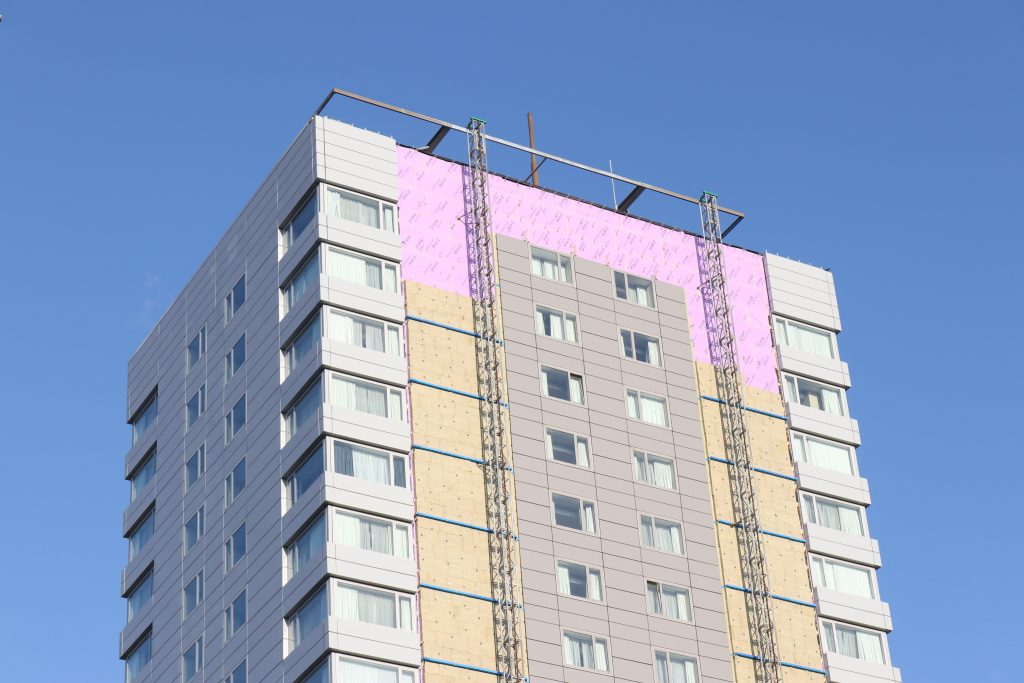Higher-Risk Buildings: Regulation and Registration

Higher-Risk Buildings: Regulation and Registration
The building safety regime established by the Building Safety Act 2022 (the “Act”) requires “Higher-Risk Buildings” to be registered with the Building Safety Regulator by the 30th of September 2023. This article will discuss which buildings will be required to register, the registration process and consequences of missing the registration deadline.
Amendments to the Building Safety Act 2022
In the summer of 2022, the Government conducted a consultation into how to define a “Higher-Risk Building” to determine which buildings would fall within the scope of the new building safety regime established by the Act. The Government enacted secondary legislation to the Act in April 2023, namely the Higher-Risk Buildings (Descriptions and Supplementary Provisions) Regulations 2023 (the “Regulations”). This implemented the definition established by the consultation.
Buildings that are fully constructed, still being constructed, or simply planned developments will be subject to the Regulations. The Regulations are divided into definitions for buildings during design and construction and those during occupation:
- A “High-Risk Building” during design and construction is defined as a building that is at least 18m in height or has at least 7 storeys and contains at least two residential units; or is a care home; or is a hospital.
- A “Higher-Risk Building” during occupation is one that is at least 18 metres in height, or has at least 7 stories, and which contains at least two occupied residential units.
18 meters in height will be based on the height from ground level on the lowest side of the building, to the top of the floor surface of the highest occupied storey of the building. Any storey which only contains machine or plant is excluded from consideration. The legislation delves further into these definitions but where uncertainty arises legal advice should be sought.
Which buildings are excluded?
Buildings will be excluded from the definition of “Higher-Risk Buildings” during occupation, and do not need to be registered, if they are used in their entirety as one of the of the below:
- hospital
- care home
- secure residential institution
- hotel
- military barracks and living accommodation for military personnel
- prison
Who must register the building and how?
By the Act, a Principle Accountable Person (PAP) must be identified. A PAP can be an individual or an organisation such as a housing association, local authority or company. With regards to organisations, the PAP must not be an individual within the company and must be the organisation itself. The organisation should appoint a single point of contact for the Building Safety Regulator to contact; they should have authority or duties relating to the safety of the building.
In mixed-use schemes involving multiple owners, one of the owners will need to be selected as the PAP. This can be determined through an analysis of the extent of ownership and legal responsibilities for repair and maintenance. Other owners may be an Accountable Person (AP), who will have other building safety duties, including to co-operate with and assist the PAP.
Registration of an “Higher-Risk Building” is done via the government website. You will need to provide specific details of the building, its structure and fire safety plan, and details of the PAP amongst other particulars. In addition, a registration fee of £251 is payable per building.
Registration Deadline: 30 September 2023
A failure to comply with the 30 September 2023 deadline for registration of “Higher-Risk Buildings” will constitute a criminal offence by the PAP. In addition, it will also be an offence to allow residents to occupy an unregistered building after this date. The investigation into those that do not comply may also result in reputational damage.
Summary
It is estimated that around 13,000 existing buildings will fall within the definition of High-Risk Buildings and will be subject to the in-occupation regime. In addition, it is anticipated that approximately 400-500 new buildings constructed each year will fall under the design and construction definition. These Regulations are a further step towards safer, more controlled building construction. If you believe you are an owner or developer of a high-risk building, please get in touch with our experience Property Team to ensure your building is correctly registered and you are abiding by the new Regulations effective from the 30th of September 2023.
Contact our Real Estate Dispute Resolution team today
If you would like to discuss any issue relating to this blog, please do not hesitate to contact a member of the Real Estate Dispute Resolution Team on 01895 201759 or contact us via the enquiry form at the top of our Property Disputes page.
